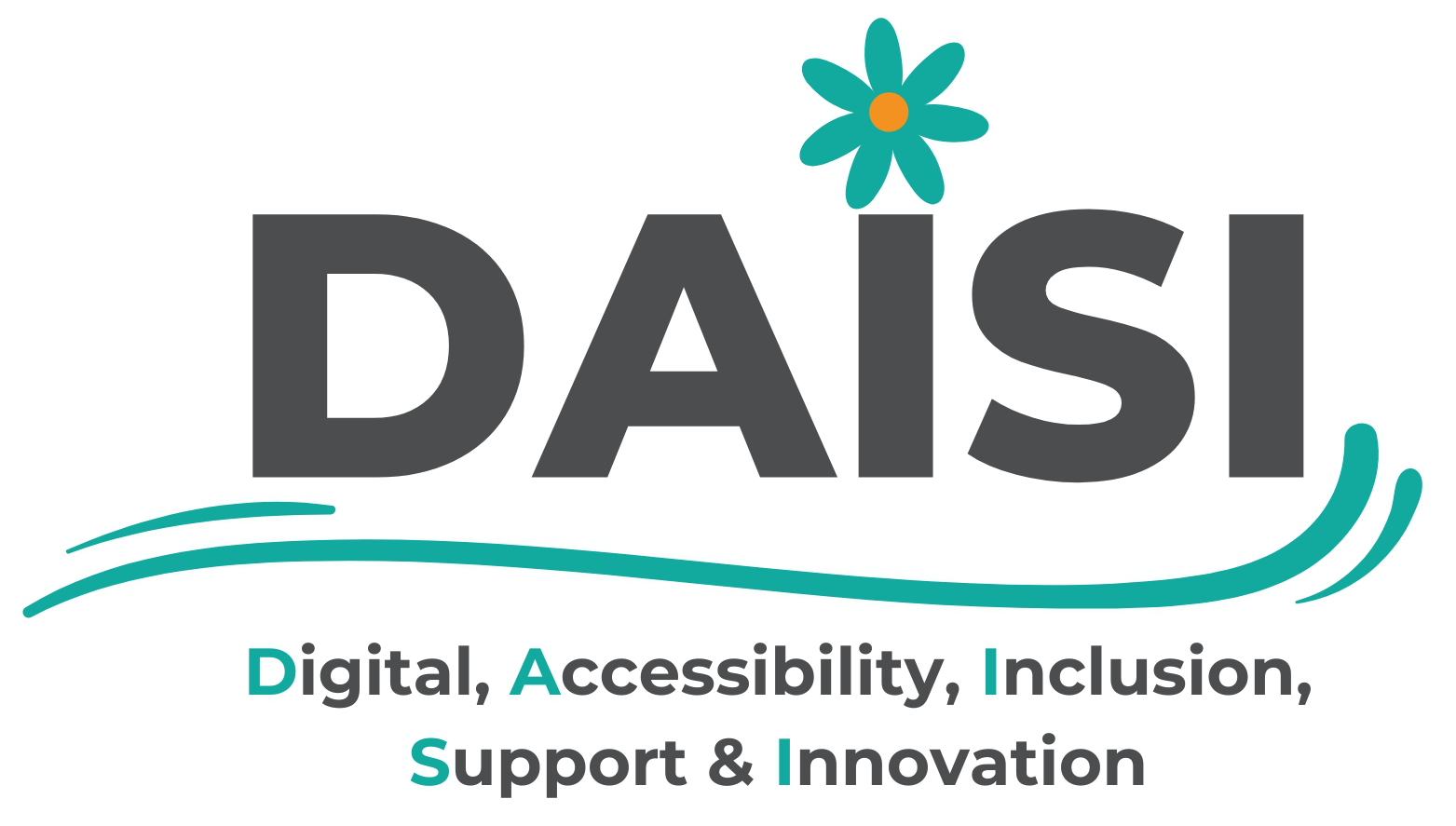The digital era has reshaped every aspect of how we live. Perhaps none more profoundly than how we work. From remote collaboration to artificial intelligence and cloud computing, technology has transformed not only the tools we use but also the meaning of work itself. The traditional office is no longer the center of productivity; instead, the modern workplace exists wherever there’s an internet connection.
1. The Evolution of Work
For centuries, work revolved around physical presence — factories, offices, and in-person supervision. The arrival of computers, followed by the internet, broke these barriers. The early 2000s saw a growing digital workforce using email, spreadsheets, and virtual databases. Then came smartphones, video conferencing, and cloud-based platforms, enabling employees to connect from anywhere in the world.
The COVID-19 pandemic accelerated this shift, proving that many industries could operate remotely. Today, hybrid and fully remote work models are standard practice, blending digital tools with flexible working environments.
2. Characteristics of Work in the Digital Era
Work in the digital age is defined by five key traits:
- Connectivity: Teams collaborate across time zones through digital platforms.
- Automation: Routine tasks are handled by software, allowing humans to focus on creativity and decision-making.
- Flexibility: Work can be done anytime, anywhere — a major shift from the 9-to-5 norm.
- Data-Driven Decision Making: Analytics guide productivity, marketing, and performance evaluations.
- Continuous Learning: Digital tools evolve rapidly, requiring ongoing skill development and adaptability.
These traits have made work faster, more global, and increasingly reliant on technology.
3. Essential Tools of the Digital Workplace
| Communication & Collaboration | Microsoft Teams, Zoom, Slack, Google Workspace | Video calls, team chat, and document sharing |
| Project Management | Trello, Asana, Monday.com | Tracking progress, deadlines, and collaboration |
| Cloud Storage | Google Drive, Dropbox, OneDrive | Secure file access from anywhere |
| Productivity & Automation | Notion, Zapier, AI Assistants | Streamline workflows and reduce repetitive tasks |
| Security & Access Management | VPNs, MFA Tools, Password Managers | Protect data and ensure secure connections |
These platforms have made digital work efficient, collaborative, and scalable — allowing companies of all sizes to compete globally.
4. The Advantages of Working in the Digital Era
- Global Collaboration: Teams from different countries can work together in real time.
- Flexibility & Work-Life Balance: Remote work allows employees to adapt schedules to their personal needs.
- Reduced Costs: Businesses save on office space and travel, while employees save time and expenses.
- Innovation: Technology encourages creative problem-solving and rapid experimentation.
- Inclusivity: Digital platforms enable employment opportunities for people with disabilities or those in remote locations.
The digital workplace, when managed effectively, can increase both productivity and employee satisfaction.
5. Challenges of Digital Work
However, this transformation also introduces new obstacles:
- Digital Fatigue: Constant online meetings and notifications can lead to burnout.
- Security Risks: Remote access increases vulnerability to data breaches and cyberattacks.
- Isolation: Working from home can reduce social interaction and teamwork cohesion.
- Skill Gaps: Rapid technological change requires continuous learning and training.
- Blurring Boundaries: The always-connected culture can make it difficult to separate work from personal life.
Balancing flexibility with mental well-being and cybersecurity is key to sustaining digital work environments.
6. The Role of Artificial Intelligence and Automation
AI is at the heart of the digital work revolution. Intelligent systems now handle scheduling, customer support, translation, and data analysis. Automation reduces repetitive tasks, freeing workers for creative and strategic roles.
At the same time, AI raises important questions about employment and ethics — such as job displacement, privacy, and decision-making transparency. The future workforce will need to focus on human-centered skills like emotional intelligence, problem-solving, and adaptability to thrive alongside machines.
7. Skills for Success in the Digital Workplace
To succeed in the modern workforce, employees and entrepreneurs alike need a blend of technical and soft skills:
- Digital Literacy: Understanding software, online tools, and cybersecurity basics.
- Collaboration & Communication: Working effectively across cultures and platforms.
- Adaptability: Learning new technologies quickly as industries evolve.
- Critical Thinking: Interpreting data and solving complex problems.
- Emotional Intelligence: Leading and motivating teams in remote or hybrid settings.
Employers now value versatility — the ability to combine digital competency with creativity and empathy.
8. The Future of Work
Looking ahead, work will continue to evolve with technology:
- Hybrid Offices: Combining digital flexibility with in-person collaboration.
- Virtual Reality Workspaces: Immersive 3D environments for meetings and training.
- AI-Enhanced Productivity: Smart assistants that manage schedules, summarize meetings, and predict workflow needs.
- Sustainability Focus: Digital work reducing travel and carbon emissions.
- Decentralized Employment: Freelancers and remote teams forming global digital economies.
The future workplace will not be defined by location, but by connection — between people, ideas, and innovation.
Conclusion
Work in the digital era represents a new frontier — one defined by flexibility, technology, and global connection. It offers unprecedented opportunity but also demands adaptability and balance.
Success now depends not just on working harder, but on working smarter: embracing tools, nurturing collaboration, and maintaining the human touch that technology can never replace.
The digital workplace is here to stay — and it continues to redefine what it means to work, create, and succeed in the 21st century.





